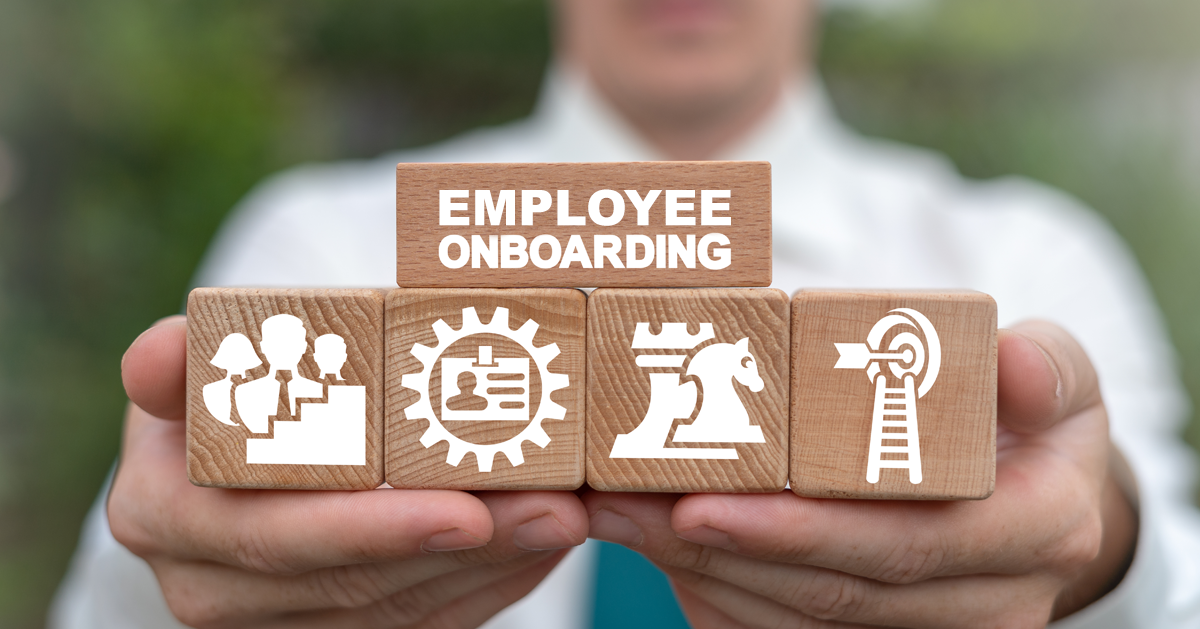Redefining success formula: Employee Experience = Customer Experience

Team Kritikalhire
November 2nd, 2023
Move over Customer Experience (Cx) being a recipe for success. Employee Experience (Ex) is now taking over as a primary driver for Cx, as the Customer experience will only be as good as the Employee experience in the organization.
As in Cx, the multiple stages of emotions that a Customer undergoes in the journey results in the formation of a perception regarding the organization. These emotions are often due to dealing with an organization's employees. For the Customer to achieve a 'highly delightful' experience, the employee providing the incident should also be at the same level of emotion. What is delivered by the employee is what will be experienced by the Customer. Hence, the importance of the employee being 'highly delightful' here is a factor of the employee's experience in the organization.
Ian Golding, author, and a Cx specialist, says that many customer-centric organizations have succeeded in Cx by putting employees first rather than the customers. A delighted and supported employee is more likely to be motivated and deliver superior Cx.
It is easier said than done today when organizations struggle to ensure they have a knowledgeable, experienced, and motivated workforce equipped to deliver a good customer experience. Denise Lee Yohn, in her article 'Engaged Employees Create Better Customer Experiences,' lists the various challenges organizations are grappling with: the dearth of workers skilled for the new demands of business, high turnover rates, and the associated costs of recruitment and training, and difficulties in engaging employees given hybrid, among others. She further adds, "EX has grown in importance to customers. As more customers look to align their purchase decisions with their values, they have become increasingly interested in how companies engage with employees and tend to prioritize doing business with those that value their employees, treat them fairly, and prioritize their well-being. And employees are interacting with more customers more directly – and because of that, the nature of employee engagement has more impact on customers.”
Similar to Cx, where the perception formed by the Customer is not just limited to a single point of contact but spread out throughout the journey, i.e., from pre-buy, actual buy, usage, and post-buy experiences, an employee in an organization also passes through several phases of experience. For an employee, the experience begins from the pre-recruitment stage, followed by actual recruitment, onboarding, organization policies, support, and empathy, and goes on till the last date of employment in that organization.
Ian writes in his book; Customer, What? "If a business cares for its people, and they feel engaged and empowered, in turn, they will care for the customers of that business. If your business does not care for its people, your customers will interact with disengaged, unhappy employees, and disengagement and unhappiness is what they will remember about the experience."
To succeed, the organization must synergize Employee Experience and Customer Experience. Like in Customer Experience, two factors are essential: (a) it is a top-down approach, meaning the behavior has to flow from the topmost leader and go down to the lowermost employee, and (b) Customer Experience is not just limited to the customer-facing front desk employees, rather every employee irrespective of their customer-facing role, is directly or indirectly a participant to this delivery. Compare that with Employee Experience, and one will notice the approach among them is the same.
Every organization does develop a strategy and execution policy for Customer Experience. The policy is for every employee to live through without having to rethink their organizational level. To enable a positive and energetic Employee Experience, every employee must embrace the values and culture, including the employer. Some specific inclusions in Employee Experience should include: (i) people connect across functions, (ii) open door policy – making managers access to all levels of employees, (iii) integration of customer and employee journey maps to identify and diagnose customer problems, etc.
Denise recommends having a single view of performance across both dimensions. As per her, providing visibility into CX and EX performance will further advance Cx efforts. Organizations can provide a complete view of the interlinked employee and customer experience by integrating KPIs from both areas into a single view with a dynamic report. Employees tend to become more engaged with the organization and adopt a stronger orientation to business results when employee performance is reported relative to customer metrics.
Organizations adopting such transformational changes can only expect results after some time. There has to be sufficient investment in time and resources to drive such policies, positively impacting the overall business results. Defining metrics to measure the impact of the change is very important. This will be a road map to achieve the desired results and also gain a better employee understanding of the goals, inspiring more significant commitment to the organization.
Resources:
i. Engaged Employees Create Better Customer Experiences by Denise Lee Yohn (https://hbr.org/2023/04/engaged-employees-create-better-customer-experiences)
ii. The link between employee experience and customer experience by Michaela Goss (https://www.techtarget.com/searchcustomerexperience/feature/The-link-between-employee-experience-and-customer-experience.
Subscribe
The best recruitment industry articles served daily, directly in your inbox.
.png)

